Latissimus Dorsi Muscle Pain
When you feel pain in the low back, mid-to-upper back, the base of the scapula, and or the back of the shoulder joint, it is suggested to be latissimus dorsi muscle pain.
Latissimus Dorsi Muscle Pain is produced by many causes like a tear in the latissimus dorsi muscle, or overwork of the muscle. Feel the pain, swellings, & spasms in the site of pain. This pain is reduced by the RICE principle, pain medication, and physiotherapy treatment.
Anatomy of the latissimus dorsi muscle
Latissimus Dorsi Muscle is one of the biggest muscles in the back and it is sometimes referred to as the lats this muscle is known for its large and flat “V” shape.
Origin: Spine T7, spinous processes & supraspinous ligaments of all lower thoracic, lumbar, and sacral vertebrae, lumbar fascia, posterior 3rd iliac crest, last 4 ribs Interdigitating with external oblique abdominal & inferior angle of the scapula.
Insertion: The floor of the bicipital groove of the humerus after winding around teres major.
Action: Medial rotation of the arm, extension, and adduction. Costal attachment assists with deep inspiration and forced expiration.
Nerve: From the posterior cord, the Thoracodorsal nerve [ C6, 7, 8 ].
Causes of the latissimus dorsi pain
This latissimus dorsi muscle is utilized during exercises in the exercises apply to pulling and throwing.
This muscle pain is generally caused by overuse of the muscle.
Before the exercise, if you do not warm up.
Exercise is used to the poor process of the body.
Some movements which are produced by latissimus dorsi pain include:
- Shoveling snow
- Tennis
- Reaching forward or overhead repeatedly
- Chin-ups and pull-ups
- Chopping wood
- Gymnastics
- Swimming
- Baseball
- Rowing
- You also feel pain in this muscle when you are used to poor posture in everyday lifestyle which is lead to slumping posture.
- In some circumstances, this latissimus dorsi muscle gets a tear.
- It generally occurs in skilled athletes, like baseball pitchers, golfers, water skiers, rock climbers, volleyball performers, track athletes, and acrobats.
Some everyday movements which are produced latissimus dorsi muscle pain contain:
- When push against the armrests of a chair to stand.
- When inflating the chest for breathing.
Symptoms of the latissimus dorsi muscle pain
When the pain occurs in the latissimus dorsi muscle, a person is feel pain in several places of the body, including:
- The upper, middle, and lower back.
- The shoulder joint back side.
- The bottom of the scapula is generally known as the shoulder blade.
- Which is radiated to the innards of the arms and extends down to the fingers.
- This pain becomes exacerbated when the person extends the hands to the front and extends the hands above the head and or throws an object.
Other symptoms include:
- breathing problem
- Tingling in the lower arms
- Tendinitis in the lower and middle back
- Also, feel trigger and tender points in the site of pain.
- Swellings, tightness, and spasms in the muscle site of pain.
When do you need to consult a physician for this condition?
If one can not determine the origin of back pain with some points like as;
- Difficulties in breathing
- Abdominal pain
- Fever
- When the pain is extreme and not relive after primary treatment.
Treatment of latissimus dorsi muscle pain
RICE Principle for latissimus dorsi pain
When feeling pain in the muscle in the initial phase doctor recommends following the RICE principle to reduce the muscle pain and swelling.
- Rest_R: Sometimes do the resting back and shoulder joint from the use & do not do any physical movements which are produced pain.
- Ice_I: Use ice in the sore place for 20 min decrease to muscle pain and swellings, and also apply an ice pack and frozen peas in the location of the pain. always use the ice with the help of a towel stop to the ice burning.
- Compression_C: In compression, you can also use to compression bandage on the place of pain release to swelling and spam.
- Elevating_E: In this, you must be elevated to the site of pain by sitting in an erect position and placing the pillows behind the upper back and shoulder joint.
Pain medication
You can also take to NSAIDs (non-steroidal-anti-inflammatory drugs) like aspirin and ibuprofen [ Advil, Motrin ], which help to reduce muscle pain.
When have felt too, much pain, the physician prescribes something stronger drug.
You can also use volini gel and spray on the site of pain release to muscle pain and swelling.
Physiotherapy treatment for latissimus dorsi muscle pain
This treatment is help for reducing pain, swelling, spasms, and tightness of muscle pain.
The physiotherapy treatment involves massage, electrotherapy, stretching, exercise, yoga, and strengthening exercises.
Massage:
When you feel muscle pain shows at tender points physiotherapist is suggested to massage the location of the pain.
This message is given with the help of powder or oil for 5 minutes at the site of muscle pain.
This is applied in a circular movement.
This massage is also applied with the benefit of a messenger.
Electrotherapy Treatment:
Electrotherapy treatment is helpful to you for reliving the swellings, spam, and pain. The electrotherapy treatment contains too many apparatuses.
Ultrasound: When the tender and trigger points are present use for the release of muscle pain. This treatment is used with the help of gel and applied for 5-10 minutes on the site of pain. This therapy helps you release pain and swelling.
Short wave diathermy (SWD): It is hot therapy for release to spams on the area of pain.
Interferential Therapy and Transcutaneous Electrical Nerve Stimulation are applied with the help of gel and electrodes on the site of pain.
This therapy is applied for 10 min to the site of pain.
Exercise:
Exercise helps you remove muscle pain and weakness.
- One Arm Row on One Leg
- Lat Pulls With Bands
- Foam rolling exercise
- Wall press
One Arm Row on One Leg
The patient’s position is, to shift the weight to the right leg and tip from the hip joint, then take the torso parallel to the ground as they raise one leg straight up.
The body is lying in a straight line from head to heel.
Maintain a wall for balance, from this position, pull the elbow joint up into a row and gradually lower down.
When you feel unsafe, take the leg down and rest lightly on the toes must keep most of the weight on the front leg.
Repeat this for 12 to 16 reps on both sides.

Lat Pulls With Bands
The latissimus dorsi muscle pulls with the bands and is also used for the lat pull appliance at the gym.
When you want to make this exercise more difficult, you can also use a door holder for the bar and ensure the band is in a doorway above you.
Alternatively, maintain the band overhead and squeeze the back to pull the elbow joint down towards the rib cage.
Maintain the band with the hands closer together.
Repeat this exercise for 12 to 16 reps on both sides.
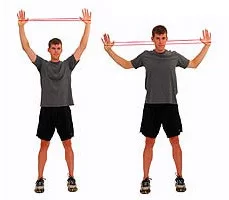
Foam rolling exercise
The patient’s position is lying on the right side with the foam roller under the lat and keeping a neutral spine.
Must be Keep the right leg straightforward and flex the left knee joint, however, is relaxed.
Roll back & 4th from the lower back up to the underarm and try to move as slowly as possible.
And roll from side to side, and continue this rolling for 1 minute.
Repeat this on the opposite side, and do this exercise 10 times in 1 session and 3 sessions/day.
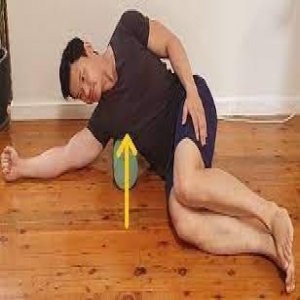
Wall press
The patient’s position is in a standing position about 2 feet from a wall and facing toward it.
Hinge at the hips to tilt forward.
Put the palms of the hands on the wall at about hip height.
Maintain this exercise position for up to 1 minute.
perform this exercise 10 times in 1 session and 3 sessions/day.
Strengthening exercise:
This strengthening exercise helps strengthen the muscle.
- Barbell Rows
- Dumbbell Pullovers
Barbell Rows
The patient’s position is to hold the barbell with the palms facing the body and tip from the hip joint till the torso is at about a 45-degree angle.
You must lower the torso too far because it appears to strain the back, mostly when the weight is heavy, must hold the knee joint flexed to protect the back.
Take the bar straight out and squeeze the back to pull the barbell in towards the belly button and then repeat this exercise for 12 to 16 reps.
Dumbbell Pullovers
This exercise begins with a bridge position and keeping a weight straight up overhead, must keep the arms straight, and the elbow joint slightly flexed.
Then lower the weight to about the head level or as far as a patient feel relaxed.
Squeeze the back and slowly pull the weight to return to start.
Repeat this exercise for 12 to 16 reps on both sides.
Yoga:
- Upward Salute
- Eagle Pose (Garudasana)
- Cat-Cow
- Downward-Facing Dog
- Upward-Facing Dog
- Child’s Pose
Upward Salute
This exercise begins within Mountain Pose, Tadasana with the heels slightly apart and weight balanced evenly on each foot and then lifting both arms toward the roof.
Engage the core and tuck in the tailbone slightly, holding the spine in alignment.
When feeling relaxed then bend backward slightly.
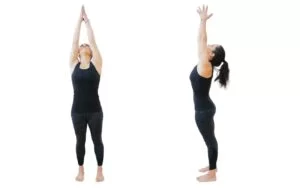
Gardasana ( Eagle Pose )
For this exercise, the patient position is int is in a standing or sitting position, then stretches both arms straight forward and parallel to the ground.
Cross the arms in front of the upper body so that the right arm is above the left arm, then flex the elbow joint.
Tuck the right elbow into the crook of the left elbow and raise both forearms so that perpendicular to the ground.
Push both palms together and breathe deeply.
Then focusing on releasing tension in the back and shoulder joints.
After then reverse the arms and repeat this yoga pose 3 times a day.
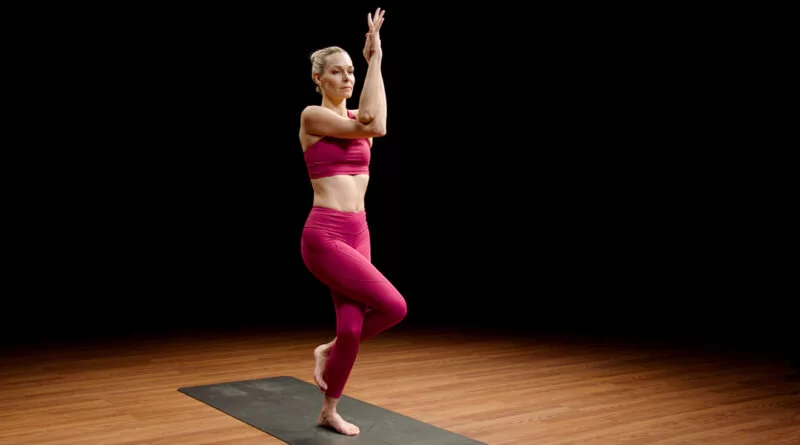
Cat-Cow:
For this exercise, the patient’s position is starting with the hands and knees joints with a neutral spine.
Inhale and move into cow pose by lifting the seat bones, pushing the chest forward, and allowing the belly to sink toward the ground.
When you exhale, move into Cat Pose by rounding the spine outward and tucking in the tailbone, and then allow the head to release toward the ground in a comfortable position.
Push firmly into the arms throughout both activities and pay attention to how the shoulder joint blades alter the position.
Repeat this yoga pose 3 times every day.

Downward-facing Dog:
The patient’s position starts on all fours with the wrists under the shoulder and the knee joint under the hip joint, tuck the toes under, and lift the hip joint off the ground.
Straighten the legs and move the heels toward the floor, when the hamstring muscles are tight, it is ok to keep the knee joint slightly bent.
The patient is also walking on the hands forward when you require more length.
Then press firmly through the palms and concentrate on broadening across the collarbones and shoulders.
The chin to tuck into the chest.
Repeat this yoga pose 3 times every day.
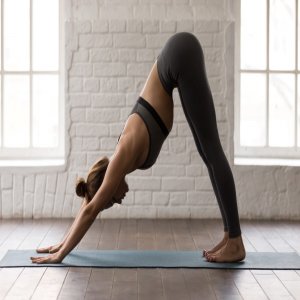
Upward-Facing Dog:
The patient’s position is lying on their stomach on the ground.
Stretch the legs out behind and rest the tops of the feet on the ground, then flex the elbows joint and place the palms on the floor beside the waist.
Inhale and straighten the arms while raising the upper body and legs a few inches off the ground.
Draw the shoulder joint back and down, away from the ears.
Repeat this yoga pose 3 times every day.
Child’s Pose:
From the downward dog and take a deep breath and exhale.
Release the knee joint onto the ground while pulling the hips back to the heels, and relax the forehead on the ground.
You can also rest in this pose with the knee joint slightly wider than the hip joint.
To worsen the stretch, walk the fingers as far forward as possible.
Walk the fingers to each side before bringing them to return to the middle and resting in this position.

Stretching Exercise:
Stretching helps reduce the pain and tightness of the muscle:
- Best Active Lat Stretches
- Active floor stretch
- Exercise ball stretch
Best Active Lat Stretches
The patient’s position is in the back and the shoulder joints must stay against the wall, try to don’t arch the back.
The patient must keep the elbow joint touching the whole time, and push the elbow joint in a forward and overhead movement.
To increase the stretch, try and separate the hands while keeping the elbow joint together.
This stretching is used 3 times in 1 session and 3 sessions/per day.
Active floor stretch:
The patient’s position is in a kneeling position, and sink the hip joint back and place the right forearm along the ground.
After then bend the weight onto the right arm and stretch out the left arm, reaching out through the fingertips.
The patient senses a stretch along the side of the torso.
Maintain this position for 30 seconds.
Then back to the starting position.
Repeat this stretching 3 times and repeat this exercise on the opposite side.
Exercise ball stretch:
The patient’s position in exercise begins on all fours limb in a tabletop position, in front of an exercise ball, place one hand on the ball with the thumb facing the roof.
Push into the grounded arm for stability and support.
Engage the core muscles as they raise the arm straight out, rolling the ball forward.
Sink deeper into the stretch as they hold this position for 20 to 30 seconds, then repeat this stretching on the contrasting side, do each side of this stretching 2 to 3 times.

Prevention for latissimus dorsi muscle pain
Always maintain good posture and avoid slouching.
Drink more water throughout the day, mostly before and after exercise.
You can also try occasional massage to loosen any tightness in the back and shoulder joints.
Make sure you properly stretch and warm up before exercising and playing sports.
Apply to the heating pad before working out.
Always Do the cool-down after working out.
Getting to rare massages.
FAQ
How to reduce latissimus dorsi muscle pain?
Rest by avoiding movements like exercising, which may lead to more discomfort, pain, & swelling.
Ice is used for injured areas. an ice pack wrapped in a thin towel for 15-20 minutes. Do this every 2-3 hours during the first few days after the injury.
What does latissimus dorsi pain feel like?
After a strain in the latissimus dorsi, you might feel suffering in a few spots, including the lower, center, and upper back, the back of the shoulders, and the foundation of the scapula. Also, feel pain along the interior of the arm downwards to the fingers.
Can you tear your latissimus dorsi?
The latissimus is very vigorous in adducting the arm during climbing or pull-ups. Sometimes, a patient may rupture the insertion of the latissimus dorsi muscle from the humerus near the shoulder. It is possible to hurt the muscle along the tendon or in the mid-substance.
Is a heating pad good for muscle pain?
Muscle pain should first be treated using the R.I.C.E. technique. During the first 72 hours, heat should be avoided to prevent raised swelling & inflammation. After about 72 hours, heat can be included in treatment to increase blood flow & aid the overall healing process.

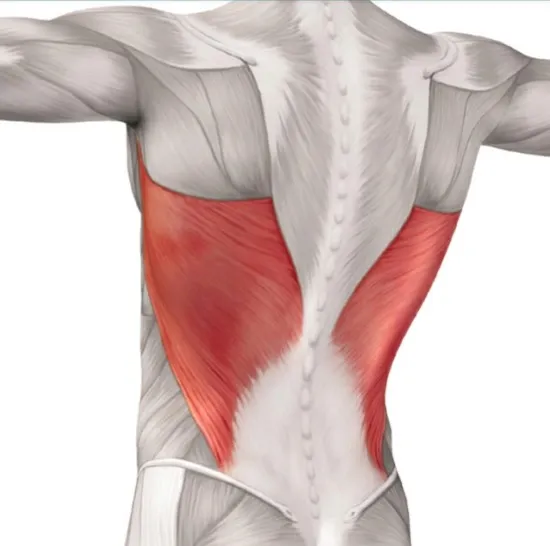


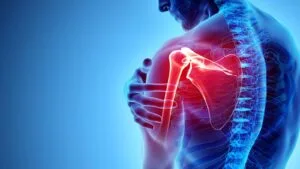
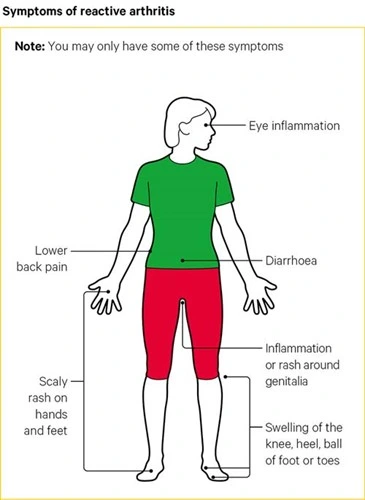
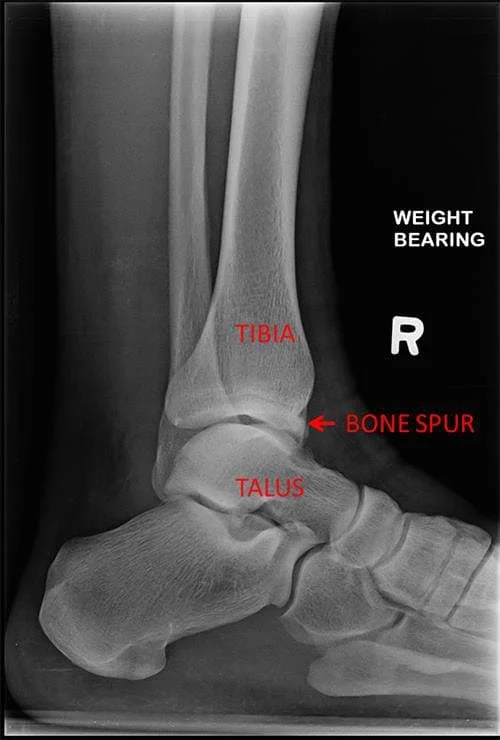
One Comment